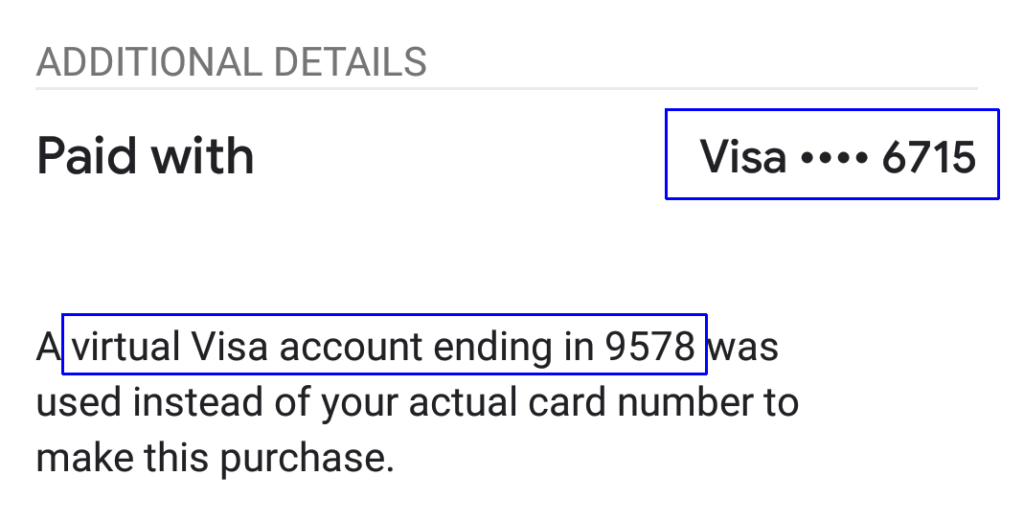To increase your security your card details are never revealed to the merchant or transaction issuer. A virtual card is used instead:
This may produce a pretty fuckup, when you use public transport system.
Such transport networks (like metros) usually require touching your contactless card or device twice -- upon begin and end of your journey. Because both start and end of travel must be commenced with the same payment method.
Suppose you won't be able to use mobile device twice. This can be for any reason:
- gates not accepting device-based payments,
- discharged device's battery, etc.
In this case you're forced to use your physical card instead of paying with the same card added to Google Pay, Apple Pay etc. For you this is the same card, only used through two channels or layers (directly or through mobile payments system).
But, since Google Pay (and -- from what I managed to learn -- Apple Pay as well) uses virtual cards instead of revealing your real card data, for such transport network these will be two completely different travels:
- from station A to nowhere (paid with mobile device and virtual card),
- from nowhere to station B (paid with physical card).
In many public transport networks (i.e. Transport for London) you may be charged with highest available rate or even with penalty in such case.
What to do?
From network transactions system's perspective these are two separate transactions, paid with two different cards (or payment methods). Rising an issue or requesting a refund may be the only option in this case.

